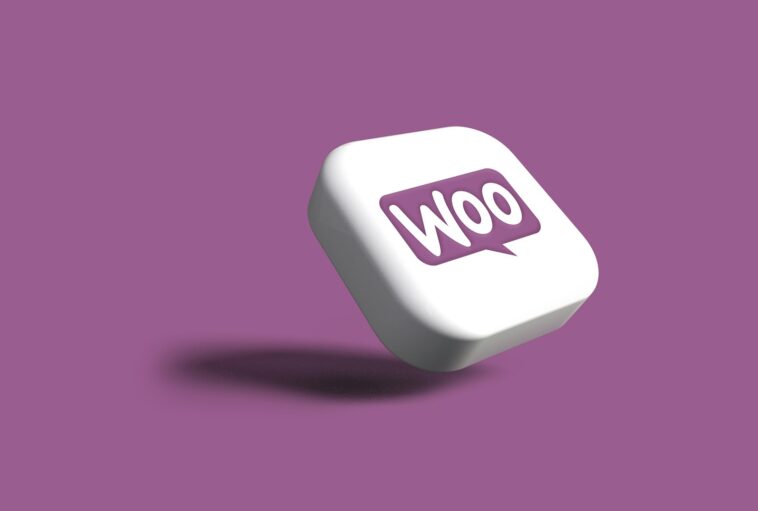If you’ve ever thought about turning your digital skills or content into money, selling digital products online is one of the easiest ways to start.
You don’t need a warehouse, shipping materials, or even a physical storefront. Just a product and a way to deliver it.
That’s where WooCommerce comes in.
I like WooCommerce because it’s free, easy to set up, and works right inside WordPress—one of the most popular website platforms in the world. If you’re running a WordPress site already, you’re halfway there.
Now, let’s be honest: digital products can be anything from eBooks, PDFs, stock photos, video tutorials, to music files or digital planners.
Once you create them, you can sell them again and again without touching inventory. It’s a business model with low overhead and lots of potential.
This guide will walk you through everything you need to know—from setting up WooCommerce the right way, to handling payments, protecting your files, and actually making sales. I’ll keep it simple and direct, without tech jargon.
Let’s jump in.
What You Need To Start Selling Digital Products
Before anything else, here’s what you need:
A WordPress website
The WooCommerce plugin (free)
A digital product ready to upload (like a PDF or ZIP file)
A PayPal or Stripe account to collect payments
Once you have these, the rest is just setup.
Step 1: Install WooCommerce on Your WordPress Site
Go to your WordPress dashboard.
Click Plugins > Add New
Search for WooCommerce
Click Install Now, then Activate
Once activated, WooCommerce will guide you through a basic setup wizard where you choose your store location, currency, and payment options. Follow it—it’s simple and only takes a few minutes.
Step 2: Configure Your Store for Digital Products
By default, WooCommerce lets you sell both physical and digital products. But for digital products, you don’t need to worry about shipping or inventory.
Go to:
WooCommerce > Settings > Products > Downloadable Products
Here, you’ll see options like:
File download method: Choose Force Downloads to prevent users from accessing the direct URL of your file.
Access restriction: I recommend checking “Downloads require login” to keep your files secure.
Save your changes.
Step 3: Add a Digital Product
Now it’s time to upload your product.
Go to Products > Add New
Give your product a name (e.g., “Beginner’s Guide to Freelancing”)
Add a description—this is where you explain what buyers will get
Under Product data, select Simple Product
Then, check both Virtual and Downloadable
A new section will appear:
Upload your file
Set a download limit (or leave blank for unlimited)
Set download expiry (or leave blank)
Set the price, add a product image, then publish it.
That’s it—your product is now live.
Step 4: Set Up Payments
You need a way to collect money. WooCommerce supports:
PayPal
Stripe
Bank transfers (not ideal for digital products)
To enable payments:
Go to WooCommerce > Settings > Payments
Turn on PayPal and/or Stripe
Click Set Up and follow the instructions to connect your account
If you don’t have a Stripe or PayPal account yet, you can create one during this step. Stripe is great for accepting credit card payments, while PayPal is widely used and trusted.
Step 5: Protect Your Digital Products
You don’t want your file links being shared freely across the internet.
Here’s how to keep them safe:
Use Force Downloads in settings (mentioned earlier)
Require users to log in before downloading
Use a plugin like WooCommerce Memberships or Download Monitor if you need more control or want to offer member-only downloads
Pro Tip: Don’t upload large digital files directly to your WordPress media library. Use Dropbox, Amazon S3, or Google Drive with a plugin to deliver large files securely.
Step 6: Customize Your Checkout and Thank You Page
A clean checkout page makes a big difference.
Under WooCommerce > Settings > Accounts & Privacy, you can:
Allow guest checkout (or require account creation)
Add a custom thank you message with download instructions
Redirect buyers to a specific page after purchase (great for upsells or bonus content)
You can also use plugins like:
WooCommerce Custom Thank You Pages
Checkout Field Editor to tweak your checkout form
Step 7: Test the Full Purchase Flow
Before promoting your store, do a full test:
Set the price of your product to $1 (or use a coupon)
Use a test email address
Go through the checkout
Make sure the email receipt, download link, and thank you page work perfectly
Don’t skip this. A broken checkout experience can cost you sales and customer trust.
Step 8: Market Your Digital Product
Now that everything works, it’s time to get the word out.
Here are a few beginner-friendly tips:
Start an email list with a freebie related to your product
Use social platforms like Instagram, TikTok, or Pinterest to show how your product helps
Add testimonials or reviews to your product page
Run a simple giveaway or discount for your first 10 buyers
Use SEO-friendly titles and descriptions so your product shows up in Google
Marketing doesn’t have to be expensive. Consistency matters more than budget at the beginning.
Bonus Tip: Add a License or Terms of Use
For digital products, especially templates, courses, or music, it’s a good idea to include a license file or terms of use.
You can include it in a ZIP folder along with the main product, or link to a license page from your product description.
This helps set clear boundaries and protects your work.
FAQs
Can I sell digital products on WooCommerce without shipping anything?
Yes. Just make sure to check both Virtual and Downloadable when creating the product. WooCommerce will skip shipping automatically.
How do buyers access their downloads?
After payment, customers get a link on the thank-you page and also by email. They can also download files from their account dashboard.
Can I offer multiple files in one product?
Yes, you can upload multiple files for a single product. You can also bundle them in a ZIP file.
Is WooCommerce really free?
The core plugin is free. But you might want to use premium extensions for memberships, subscriptions, or more advanced features.
Can I use mobile to manage my store?
Yes. The WooCommerce Mobile App lets you manage orders, track sales, and receive notifications on your phone.
Conclusion
Selling digital products on WooCommerce is one of the easiest ways to start an online business. You don’t need a team, warehouse, or big budget.
Just a simple website, a useful product, and a clear path for customers to buy and download.
The best part? You build it once and sell it as many times as you like.
So, now that you know the steps—what’s the first digital product you’re going to sell?





GIPHY App Key not set. Please check settings